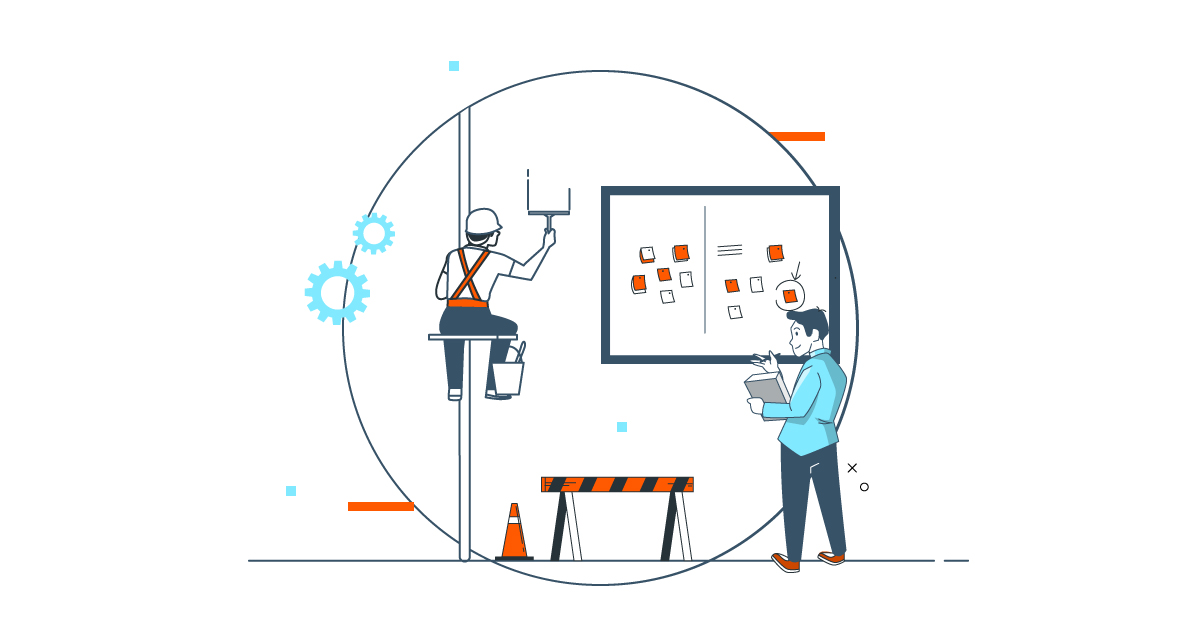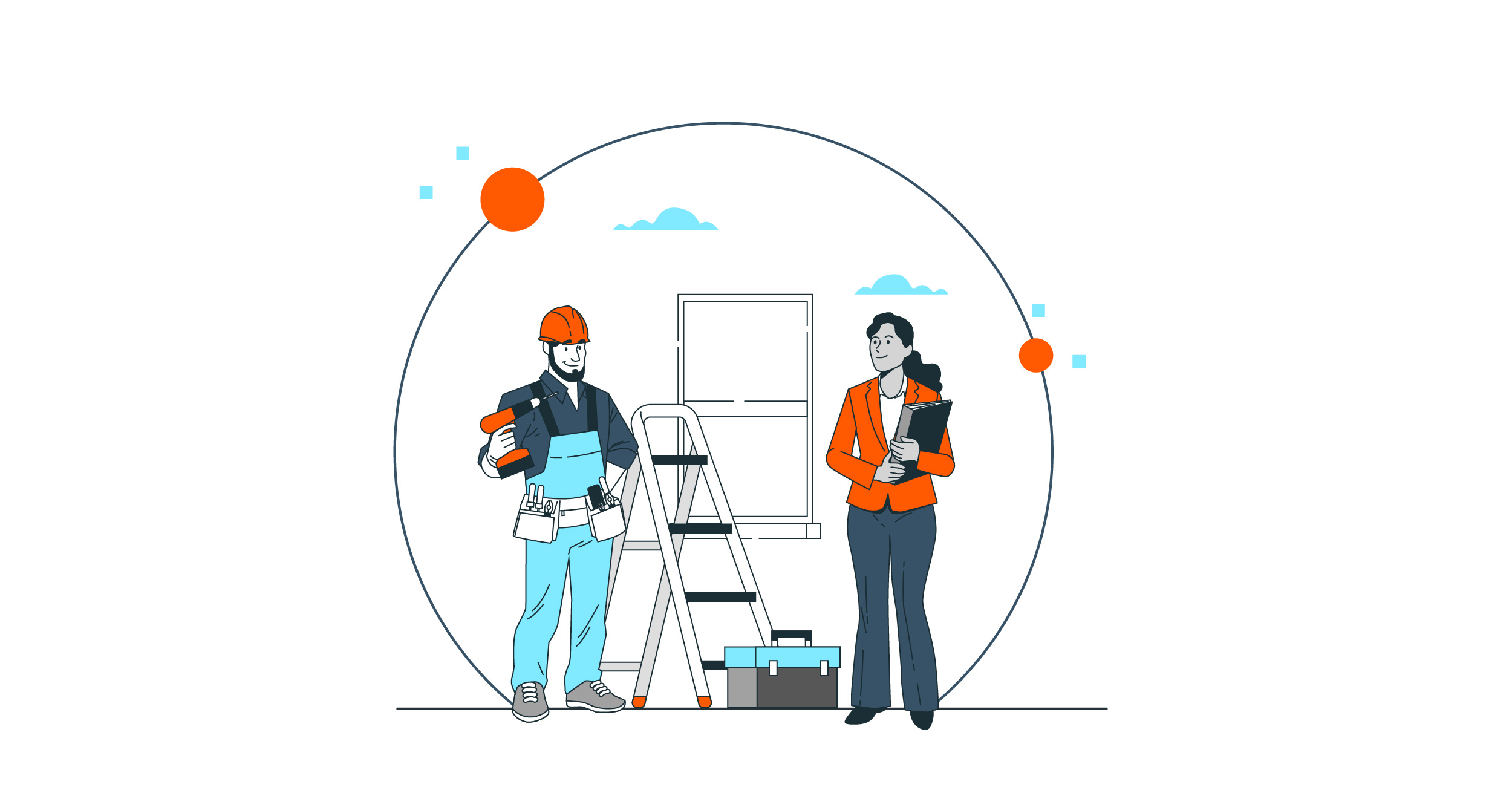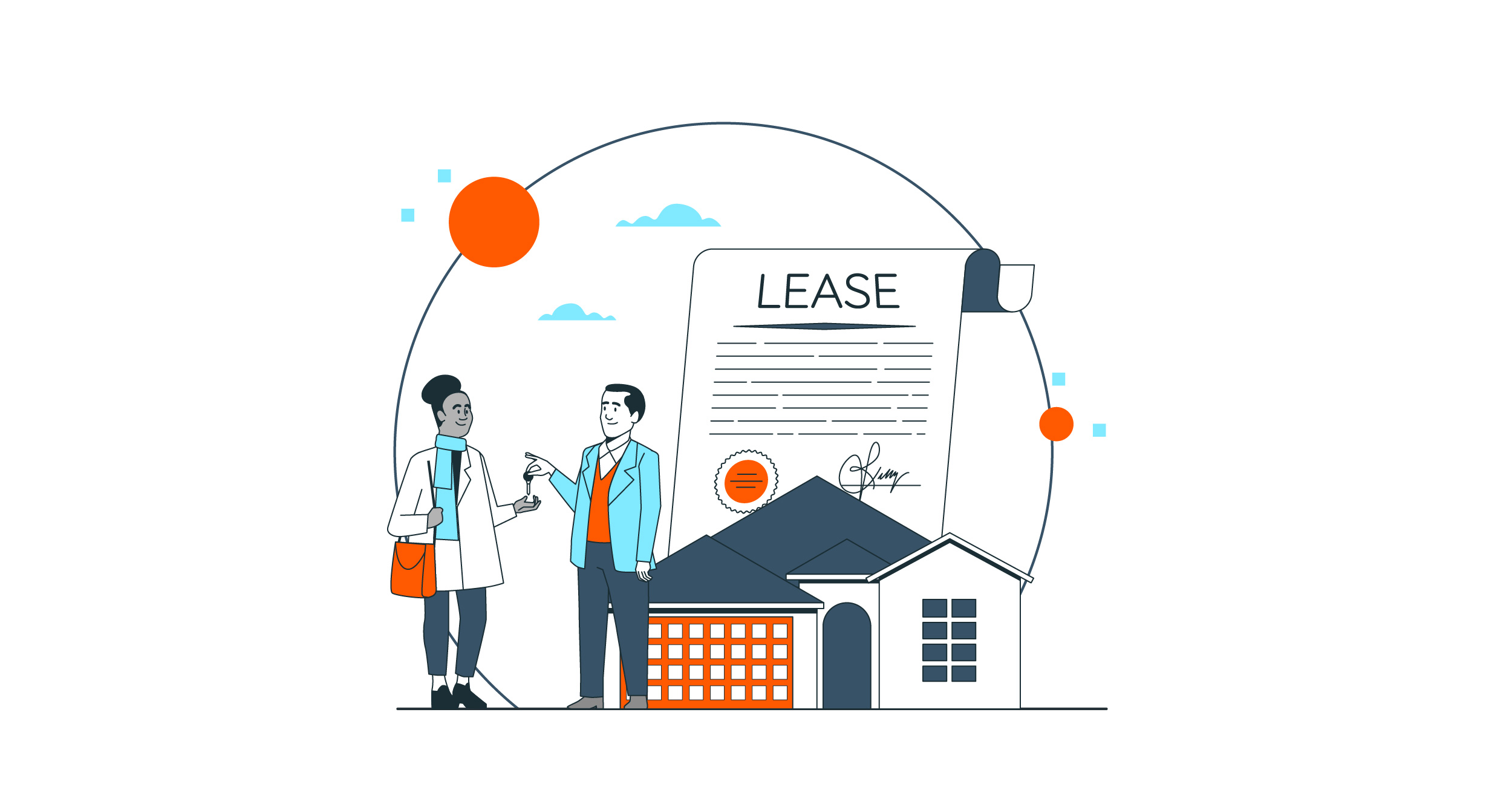
|
Highlights:
|
In the residential housing sector, PPM is when a landlord proactively approaches property inspection and repair.
It involves scheduling regular inspections and planning preventive maintenance jobs throughout a tenancy.
This enables the landlord to spot minor issues before they escalate and become expensive repairs. It also helps them comply with their tenancy agreement.
This article explains why PPM is important, some of the benefits of having a system, what a PPM system consists of and how to set one up.
Why Is PPM Important?
There are a number of reasons why landlords should have a PPM system in place. Let’s take a closer look at what these are.
Maintain Your Property’s Value
Properties are commonly referred to as valuable assets, but rental homes are more susceptible to wear and tear than private ones. Consistent preventative maintenance will help ensure that you retain this value.
It Is a Legal Requirement
You have a legal duty under the Landlord and Tenant Act 1985 to ensure that the residential properties you rent out are habitable and safe.
Under the Act, you are responsible for maintaining the following elements in all of your residential and commercial properties:
- Water
- Electricity
- Gas supply (including getting any fittings checked by a registered engineer)
- Drains
- Plumbing
- Boiler and central heating
- Electrical sockets
- The roof
- Guttering
- The exterior walls, windows and doors
Easier to Manage Your Budget
Maintenance work is most likely to be required after inspections, as that’s when you spot potential problems.
By scheduling inspections, you can also predict when you will need to spend money on repairs.
Proactively fixing small issues before they become major unplanned repair work will also make them less expensive.
Fewer Reactive Maintenance Call-Outs
PPM maintenance helps you reduce the number of unexpected issues that you need to deal with. It also means that tenants will likely report fewer unexpected problems.
Over time, you’ll need to attend to fewer reactive call-outs in your daily maintenance schedules. This helps to reduce stress for you, your tenants and the tradespeople you work with.
Scheduled Maintenance Is More Efficient
Inspecting a property and then conducting all repairs in one go is quicker, cheaper and easier to manage than fixing multiple ad-hoc problems as they occur.
You can book tradespeople to be available for scheduled maintenance and ask for a bulk discount.
For example, you may wish to repaint each of your properties once every ten years.
If you have ten properties, this will be a significant contract for a painter/decorator, and they will likely be happy to offer a reduced rate to secure the work.
Happier Tenants
If your property is well maintained your tenants are more likely to be happy living there. They’ll also feel safe knowing that you are checking the health and safety aspects of their home regularly.
PPM also allows you to give tenants plenty of notice of any maintenance work that needs to be done.
You can even provide them with a scheduled maintenance routine at the beginning of the tenancy so that they can see the planned inspection and repair work for the year ahead.
This also allows them to make arrangements to be at home to let inspectors or tradespeople in if required.
Happy tenants are also more likely to renew their leases and stay on, so you won’t have to look for new tenants or experience gaps in rental payments.
Planned Preventative Maintenance System Features
To perform PPM correctly, you need a system to manage it.
You can either set this up yourself using a range of different software tools, or you can buy a purpose-built system that handles it all for you.
Whichever one you choose, there are four main capabilities that it needs to fulfil: work order management, inventory management, PM scheduling and tracking.
Let’s look at each of these individually.
✅ Order Management
At its most basic, a PPM system should allow you to create, assign and manage work orders with tradespeople from a single dashboard.
✅ Inventory Management
Many jobs will require you to buy materials and equipment ready for tradespeople.
Your PPM system should therefore allow you to place orders, track them and keep a record of what you have in stock.
✅ Scheduling
Most jobs won’t just happen once. For example, your property’s boiler needs to be serviced annually. Therefore, it’s important to be able to schedule repeat jobs.
You should also be able to add subtasks that allow you to seamlessly hand off jobs between different people in your business or team.
After a property inspection, for example, the inspector can tick off their task and request any repairs from the relevant tradesperson.
Once they have completed the repairs, they can tick off the job. This alerts you to the fact that payment is now required, as per their invoice.
✅ Tracking
The three factors above will make your business more profitable and efficient
Having the ability to collect data on your property maintenance will take this even further.
By collecting data on some of the things listed below, you can analyse your operations and improve efficiency.
For example, is a particular property experiencing more repairs than others? If so, do you need to speak to the tenant? Is a particular tradesperson more efficient than others? If so, should you give them more work?
How to Set Up Your System
You need a practical system for running your PPM strategy. Here’s how to set one up.
1. Prioritise Tasks
Begin by making a list of your most urgent jobs and scheduling them. Urgent jobs are those you have a statutory obligation to do at certain times, like providing your tenant with a gas safety certificate.
If you fail to complete these tasks, there could be issues that stop you from renting out a property, such as damp.
After you have completed the urgent tasks, layer in less critical jobs such as routine inspections and redecorating in your preventive maintenance plans.
Less urgent jobs can also be prioritised based on the rental income of each property.
For example, if you have a house with a monthly rent of £2,000 and another with a monthly rent of £800, you may wish to prioritise work on the former to secure a greater income.
Using the critical jobs as a baseline and building the other jobs around them ensures that the important work gets done in a realistic timeframe.
2. Try to Predict Future Issues
Gather historical information on the work carried out on each property over the last few years and use this to try and spot any recurring issues that might come up again.
You can then add these issues to your list.
For example, if a property has experienced a rat infestation three times in the last four years, it may be worth scheduling a visit from a pest controller to get to the root cause.
3. Make Projections
Now that you know which planned maintenance tasks you need to undertake, it’s time to consider the costs.
Think about who will perform repairs, what they will charge, which materials you need to buy and when. Remember to add any administrative costs you may incur.
Note these costs and their timings in your budget and make sure that you have suitable funds available on those dates.
4. Create Your PPM Schedule
Contact all the different tradespeople that you will need and book them in for the dates required.
For each job, write down all the individual tasks that each person involved will need to complete and schedule them into the maintenance plan.
For example, servicing your boiler would involve:
- The engineer checking the boiler and giving you their report.
- You will also need to commission any further repairs required, or buy replacement parts or a new boiler.
- The engineer coming back to make the repairs or to fit the new boiler.
- You also need to give the tenant a gas safety certificate within 28 days.
5. Improve Your System
Your PPM system won’t be perfect straight away and it will take time for you, your tenants and your tradespeople to get used to using the new system.
Don’t be afraid to rethink parts of it that aren’t working, and remember, simple is better.
You should also adjust the frequency of scheduled work based on how much is required. For example, imagine that you are checking and maintaining a property regularly.
If the tenants keep it pristine, consider performing fewer inspections and increasing planned maintenance intervals.
Use Software
So far, we’ve explained what your PPM system needs to do and the steps you need to go through to set it up.
But what software should you use? We recommend using a digital solution like EVO, which provides convenience for tenants and landlords.
By transforming how maintenance, management and repairs are delivered, EVO connects owners, residents, tradespeople and property managers together to reduce costs and ensure transparency.
Our easy-to-use digital solution features:
- Online dashboard: All your people, places, repairs, and service history all in one place, with a real-time calendar, messaging, and secure document storage.
- Helpdesk: There to help with all repair and planned maintenance needs fast.
- Repairs: Certified trades available 24 hours a day, ensuring a fast response and quality workmanship.
- Reminders: Ensuring nothing falls through the cracks.
- Service history: All jobs and services are logged and easily accessible, with completion notes and images.
- Compliance: Gas safety compliance, electrical testing and more, with digital records and service reports all in one place.
- Emergency cover: Providing trustworthy 24/7 emergency services in case of serious issues.
Get in touch to find out how we can help you manage your inspection and repairs more effectively.
PHOTO BY EVO


